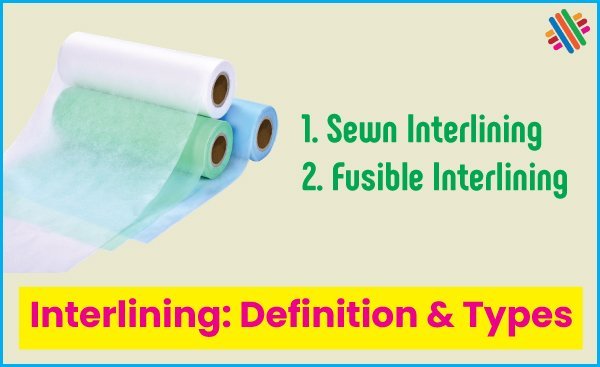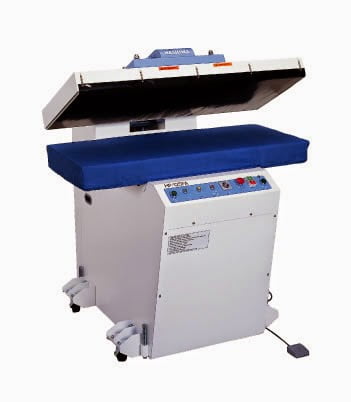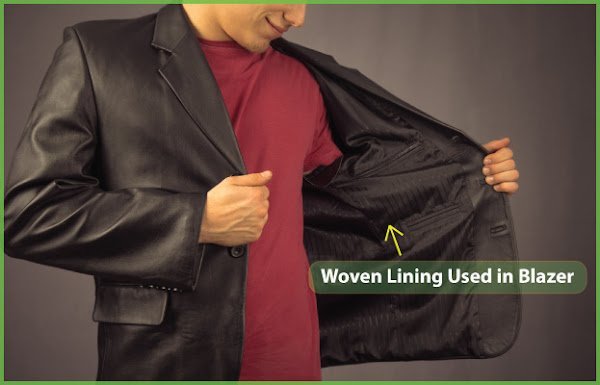What is Interlining? Types of Interlining
Last updated on September 8th, 2023 at 12:33 am
Definition of Interlining
Interlining is one kind of accessories used between two fabric layers in garments to support, reinforce, and control areas of garments and retain actual shape. It may be applied to base fabric by sewing and bonding.

The fabrics used as interlining are made of cotton, nylon, polyester, wool, and viscose. Sometimes finishing is necessary to improve its properties, i.e., shrinkage resists finish, crease resists finish.
You May Like also: 35 Types of popular Trims and Accessories for your Clothing
Types of Interlining
There are two types of interlining as follows
- Sewn interlining or non-fusible interlining and
- Fusible interlining
Sewn Interlining
The interlining can be fixed with the garments component by sewing, which is termed as sewn interlining. For the preparation of stitched interlining, a piece of fabric is treated with starch and allowed to dry, and finally sewn with the main fabric.
Advantages
- To make flame retardant garments.
- Simple and easy technique.
- No elaborate machine is required.
- Possible to use in steel or re-rolling or highly heated industry.
Disadvantages
- Quality is not good.
- Not suitable for large production.
- Not available in the market, so we need to prepare it.
- More time required.
- High workload and labor cost.
Fusible Interlining
The interlining, which could be fixed with the garment components by applying heat and pressure for a specific time, is called fusible interlining.
For fusing recommended temperature is 1650 to 1700 C. Fusing time is 2 to 20 seconds, and pressure depends on the fusing technique.
Advantages
- Appearance, shape, and quality are the same as others.
- Available in the market.
- Cheap.
- Fusing time is less.
- Labor cost is low.
- Production is high.
- Overall performance is better than non-fusible interlining.
- Easy technique and no need of especially skilled operator.
- Fusible interlining is used as a work aid.
Disadvantages
- High temperature is required.
- Special care is needed during attaching interlining.
You may also like: An Overview of Garments Lining [A to Z]




Good work
Our factory focus on woven and nonwoven fusible interlining 18years in China.
Interlining is basically anything used between 2 layers of fabric to give more body. A fusible interlining is thin layer made from woven, knitted or non-woven material bonded mechanically or thermally which when fused with fabric panel can give reinforcement, durability and can also stabilize and makes sewing work easier while sewing.
If you wanna more interlining details, welcome to inquiry anytime.
Bella Young
Email: bella@charismainterlining.com
Mobile Phone: 0086 138 2915 8200
Company Name: zhejiang changxing changrui interlining manufacture co.,ltd
This comment has been removed by a blog administrator.
Our factory focus on woven and nonwoven fusible interlining 10 years in Viet Nam.Interlining is basically anything used between 2 layers of fabric to give more body. A fusible interlining is thin layer made from woven, knitted or non-woven material bonded mechanically or thermally which when fused with fabric panel can give reinforcement, durability and can also stabilize and makes sewing work easier while sewing.If you wanna more interlining details, welcome to inquiry anytime.Zero TranEmail: haidang@tvtcglobal.comMobile Phone: 090 898 7517 Company Name: fortune global co.,ltd
I’d love to be a part of group where I can get advice from other experienced people that share the same interest. If you have any recommendations, please let me know. Thank you.